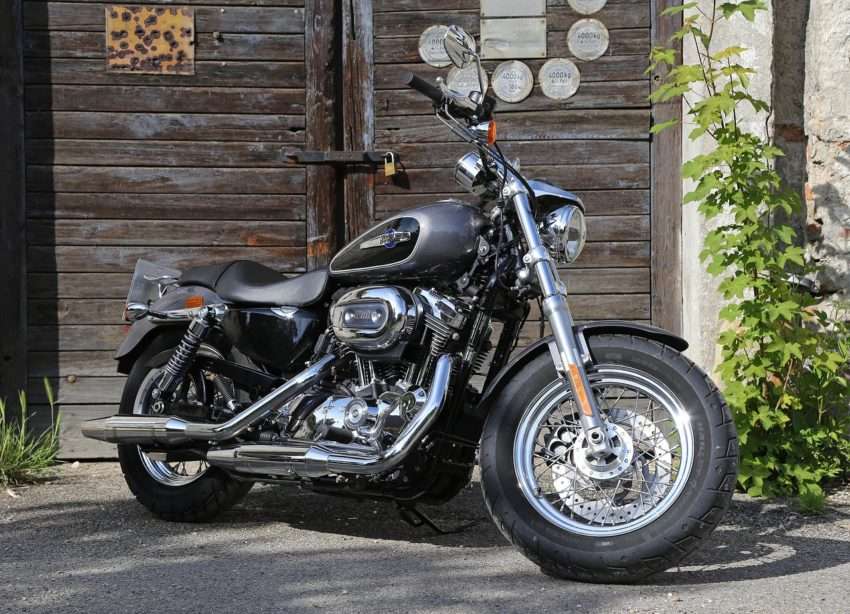
As longer, sunnier days invite more motorcycle enthusiasts to hit the road, a new report from Vaziri Law is raising red flags: motorcycle-related injuries and fatalities are not only rising, they’re disproportionately high compared to other types of vehicles.
Despite making up just 3% of registered vehicles in the U.S., motorcycles account for 3.5% of traffic injuries and a staggering 15% of all traffic deaths, more than 6,300 riders lost annually.
The firm’s latest analysis dives deep into the factors contributing to these statistics and outlines actionable strategies for riders and policymakers alike. From high-risk behaviors to helmet usage and licensing, the report uncovers alarming trends that require immediate attention.
Key Risk Factors Putting Riders in Danger
-
Alcohol Use:
In 2021, 26% of motorcyclists in fatal crashes were alcohol-impaired — the highest rate of impairment among all vehicle operators. Riders between the ages of 35–49 were the most likely to ride under the influence. Alcohol impairs reaction time and decision-making, often with fatal consequences. -
Speeding:
Speed was a factor in 35% of fatal motorcycle crashes in 2023, with younger riders (ages 21–24) most likely to be involved. These riders often lack experience, ride high-powered bikes, and are more prone to take risks like weaving through traffic, riding without helmets, and exceeding safe speeds. Speeding is a preventable action that puts not only themselves but also other road passengers at a higher risk of being in a crash.
Helmet Use: A Lifesaving Yet Overlooked Habit
Wearing a DOT-approved helmet reduces the risk of head injury by 69% and the risk of death by 37%. Yet in 2023, only 74% of motorcyclists wore a compliant helmet. Even more concerning, nearly 9% rode with no helmet at all.
Regional disparities also stand out:
-
West: 91.7% helmet usage
-
Northeast: 74.3%
-
South: 72.6%
-
Midwest: 57.7%
Riders in the Midwest are most vulnerable, with helmet use falling far below national recommendations.
Licensing Matters — And Too Many Are Riding Without One
Shockingly, 35% of riders involved in crashes lacked a valid motorcycle license. Licensing is more than just a formality — it ensures a rider has passed safety and skills assessments crucial to handling a motorcycle safely. A valid license could be the difference between life and death on the road.
Bike Type Plays a Role, Too
High-performance motorcycles, like Supersport and Sport bikes, are closely associated with fatal crashes. Built for speed, they often encourage aggressive, high-risk riding, especially among younger demographics. By contrast, Cruisers and Standard bikes are linked to lower fatality rates, due to their stability and ease of handling.
Recommendations from Vaziri Law: How Riders Can Stay Safe
To protect themselves and others, riders should:
-
Always wear a new, properly fitted, DOT-certified helmet
-
Enroll in a motorcycle safety course to improve handling and decision-making
-
Wear full protective gear: jackets, gloves, and boots can prevent severe injuries
-
Never ride under the influence of alcohol or drugs
-
Obey posted speed limits and ride defensively
-
Routinely inspect and maintain their motorcycles
-
Choose a bike that matches their experience and skill level
“Motorcycling can be a thrilling and rewarding experience,” said a spokesperson for Vaziri Law, “but it demands responsibility. Far too many accidents are caused by preventable choices, and the consequences can be devastating.”